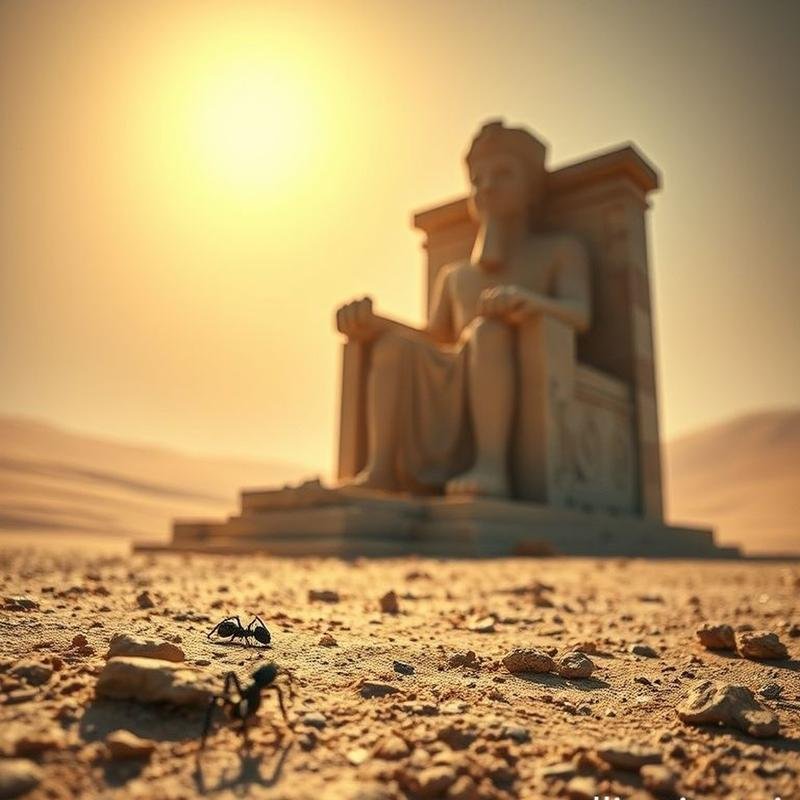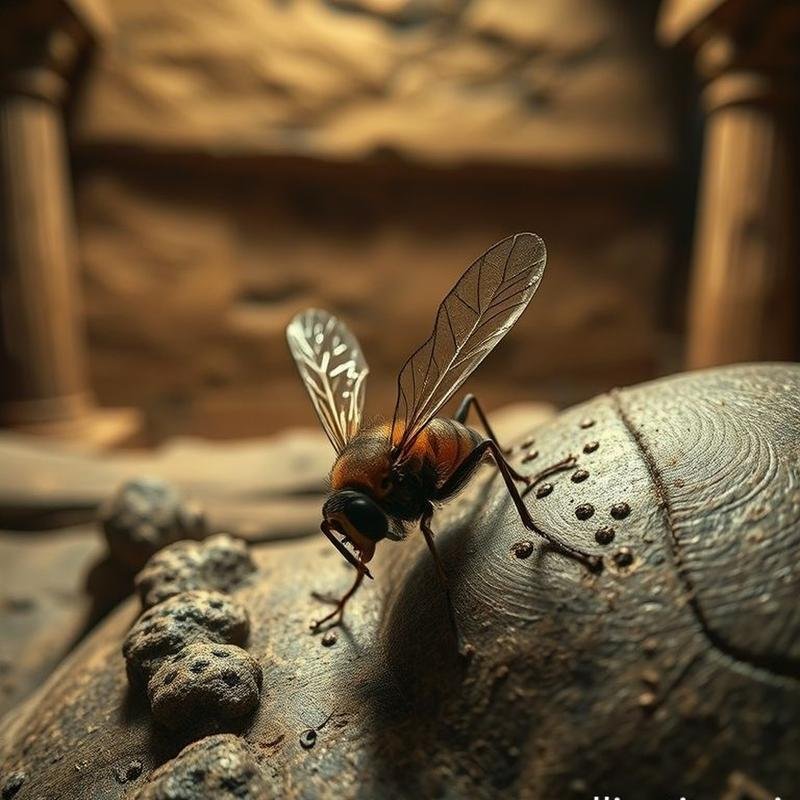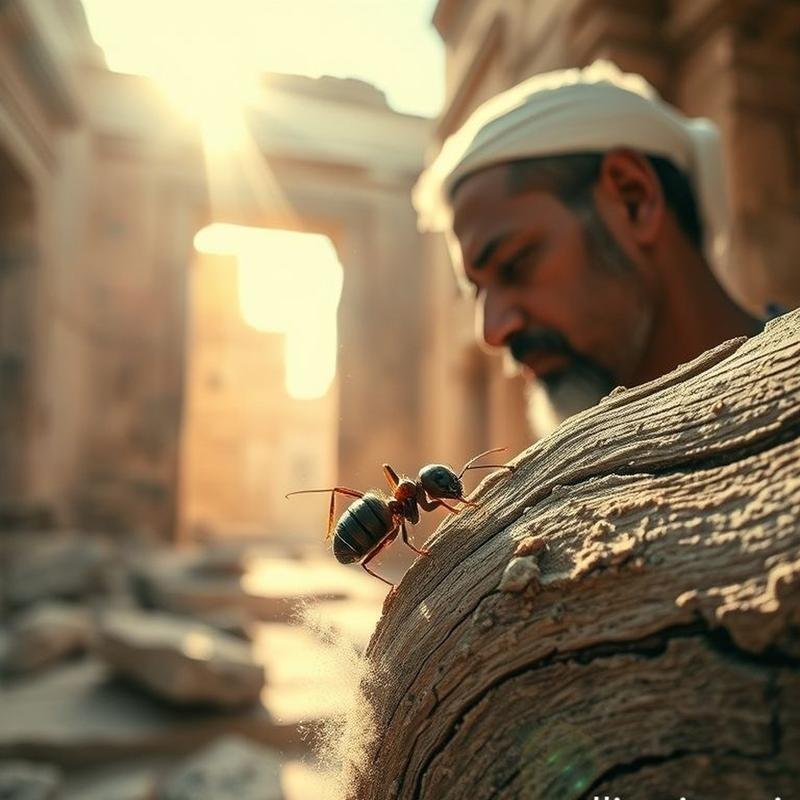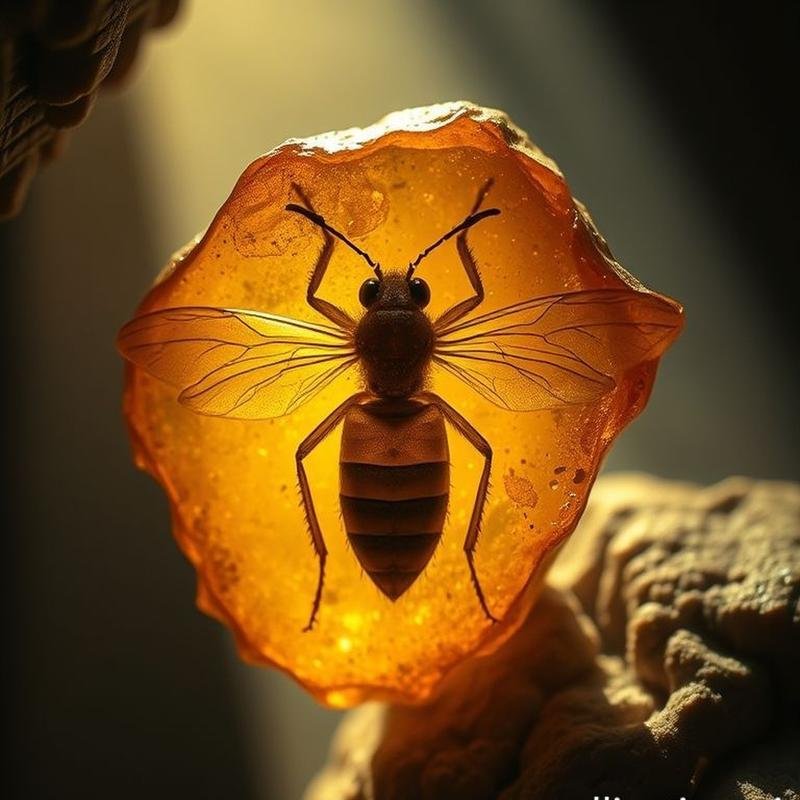Insect Infestations Reveal the Decline of Ancient Civilizations!

Insects & Ancient Civilizations’ Collapse: Unveiling Secrets
Could a minuscule insect truly topple an empire? While seemingly fantastical, what if the secrets behind the collapse of great civilizations, lost to time for centuries, were entombed within the gut of an ant or carried on the wing of a mosquito? Entomology, this often-overlooked microscopic world, may hold the key to understanding how catastrophic climate shifts, devastating epidemics, and critical agricultural failures led to the downfall of entire kingdoms. Prepare for an extraordinary journey into the past, where the beetle transforms into a faithful historian and the locust into an eyewitness to bygone eras, revealing the other side of the fall of majestic thrones through the lens of the insect world.
Before we embark on this remarkable exploration, share your predictions and hypotheses in the comments. And to ensure you don’t miss future episodes unveiling astonishing secrets, subscribe to our documentary channel.
How Insects Unlock Mysteries
How can these diminutive creatures unlock the mysteries of lost civilizations? Here, archaeoentomology emerges, a burgeoning field that bridges entomology and archaeology. Envision archaeologists transformed into insect detectives, meticulously analyzing insect remains unearthed at archaeological sites. Beetles, despite their small size, hold a wealth of information within their exoskeletons. Beetle remains in burial sites can reveal the season of death. The presence of specific fly species can indicate unsanitary conditions or unconventional burial rituals. Even fly larvae discovered in Egyptian mummies have contributed to more accurate estimations of mummification dates. The study of termites in ancient structures provides crucial insights into building materials and maintenance techniques. Analyzing the DNA of insects preserved in amber offers a window into the environmental changes that impacted ancient civilizations. Even ancient trade routes can be identified by tracing the origins of exotic insects found in specific locations.
Insects as Climate Recorders
We are no longer simply contemplating silent skeletons or static tools, but delving into the insect world to comprehend the climatic shifts that befell our ancestors. The abundance or absence of certain beetle species at archaeological sites serves as a precise record of past temperatures and ancient humidity levels. Cold-adapted beetles whisper tales of harsher, colder, and wetter periods. Insect remains discovered in Bronze Age deposits in Europe provide compelling evidence of climate changes that contributed to the collapse of entire societies. Ancient ant nests harbor preserved pollen, revealing the types of plants that flourished and, consequently, information about the climate and environment. Studying termite distribution informs us about past rainfall patterns, as they favor arid regions. Through these microscopic creatures, we uncover outbreaks of pests that decimated agricultural crops, explaining periods of famine and mass migrations. This is a call to reflect on our relationship with the environment; our past is buried beneath our feet.
Disease Vectors and Imperial Decline
But what if the silent ruins conceal narratives of microscopic invaders? Malaria, carried by Anopheles mosquitoes, a persistent specter haunting the Roman Empire, hints at its gradual decline. Was the “Roman Fever” not malaria, relentlessly eroding the workforce and weakening the empire’s resolve? The Plague of Justinian, a catastrophe spread by fleas and rats, swept through the Byzantine Empire, claiming millions of lives and leaving the empire debilitated. Yellow fever, transmitted by the Aedes mosquito, left its indelible mark on European colonies in the Americas. In Philadelphia in 1793, it claimed thousands of lives and plunged the city into chaos. In Africa, the tsetse fly continues to impede development and spread sleeping sickness, hindering agricultural progress. Even leishmaniasis, transmitted by the sandfly, may have played a role in the collapse of ancient civilizations in the Middle East and South America, a story yet to be fully told. As for the devastating Black Death, which arrived in Europe in 1347, it wiped out a third of the population and irrevocably altered the course of history.
Insect Pests and Agricultural Collapse
The threat is not limited to diseases but extends to another peril lurking in our fields and storehouses: insect pests. Imagine ancient Egypt, where swarms of locusts swept across the land, leaving behind the specter of famine, as documented in tomb inscriptions. In Mesopotamia, grasshoppers and worms devoured crops, undermining food supplies and sowing social unrest. Even empires were not immune to this scourge. In China, during the Ming Dynasty, locust plagues led to widespread famines, weakening the ruling dynasty and igniting rebellions. In ancient Rome, the rice weevil caused devastating losses in grain reserves. Even in pre-Columbian Central America, corn pests may have contributed to the challenges faced by civilizations.
The Future of Archaeoentomology
So, will we remain oblivious to the silent whispers of insects? Dr. Mohamed Ali, an entomologist, reminds us that insects are silent historians. Ancient DNA analysis of insects provides a window into extinct climates and environments. The EntoHistory project embodies a global vision to unite efforts and decipher the interactions between humans and insects throughout history. Let us envision a promising future where archaeo-forensic entomology contributes to revealing the causes of death at ancient sites, where studying termite distribution aids in mapping patterns of human settlement, and where ancient amber reveals lost biodiversity. The future is not a silent stone, but a fertile field awaiting cultivation.
Conclusion
At its core, archaeoentomology reveals a complex interplay between environmental changes, the spread of diseases, agricultural practices, and the collapse of ancient civilizations. By studying these tiny creatures, we gain a deeper understanding of the forces of nature that have shaped the trajectory of human history. It is a call to humility and a recognition that our destinies are inextricably linked to the insect world.
Having explored how the study of insect behavior and remains at ancient sites can provide crucial insights into the environmental changes, disease outbreaks, and agricultural practices that contributed to the decline or fall of ancient civilizations, what are the most pressing lessons we can apply today to protect our societies from similar challenges? Share your thoughts in the comments section below.








